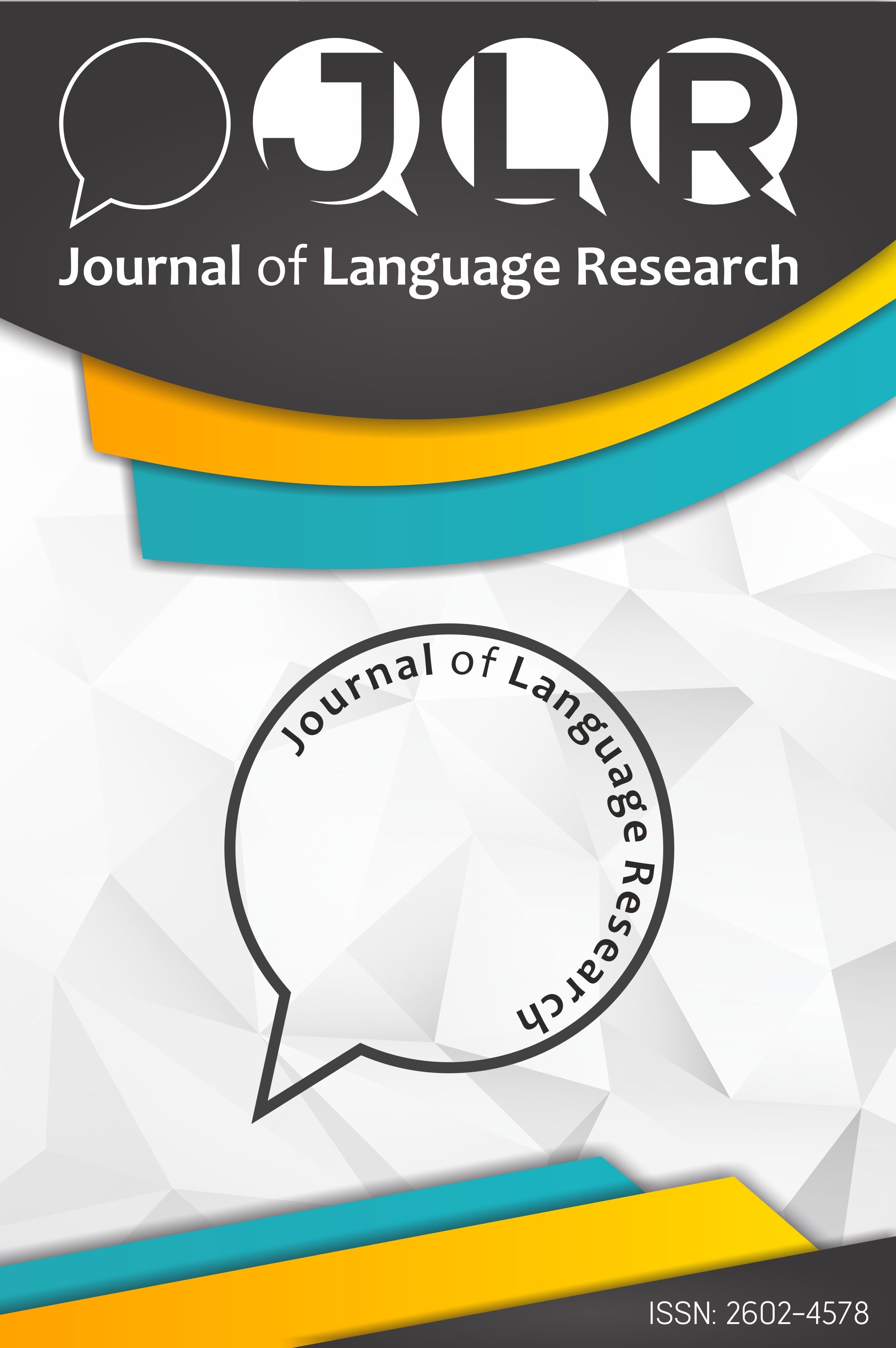An Analysis of Turkish Students’ Written Errors: A Case of an EFL Context
An Analysis of Turkish Students’ Written Errors: A Case of an EFL Context
The present study has employed an error analysis method to identify the written errors of students from a preparatory school at a private university based in Turkey. The data has been collected from 17 English preparatory school students, whose levels are reported as intermediate according to the proficiency test of the institution based CEFR. To analyze the students’ written errors, 17 essays have been investigated thoroughly by two researchers. They have spotted the errors and categorized them accordingly. Via briefing, the researchers have come to a consensus on the categories and analyzed the frequencies of errors using descriptive statistics. According to the findings, the participants have struggled mostly in grammatical aspect, followed by lexical and mechanical aspect of language, respectively. The errors of the students have been analyzed and referred to by presenting sample errors. Furthermore, the present study has implications for teachers, curriculum designers and students.
Keywords:
error analysis, EFL writing mechanical error, lexical error,
___
- Corder, S.P. (1967).The Significance of Learners’ Errors. International Review of Applied Linguistics, 5.
- Corder, S.P., (1981). Error analysis and interlanguage. 1st Edn.: Oxford University Press.
- Demirel, E. T. (2017). Detection of Common Errors in Turkish EFL Students’ Writing through a Corpus Analytic Approach. English Language Teaching,10(10), 159. doi:10.5539/elt.v10n10p159
- Ferris, D., (2002). Treatment of error in second language writing. Michigan: The University of Michigan Press.
- Gillet, A., (2004). The ABC of ELT. EAP. IATEFL Issues (178): 11.
- Jayasundara, J. M. P. V.K. & Premarathna, C. D. H. M. (2011). Linguistics Analysis on Errors Committed in English by Undergraduates. International Journal of Scientific Research Publications, 1 (1),. Retrieved from http://www.ijsrp.org/research_paper_dec2011/ijsrp-dec-2011-05.pdf
- Kırkgöz, Y. (2010). An analysis of written errors of Turkish adult learners of English. Procedia Social and Behavioral Sciences, 2, 4352–4358.
- Kirmizi, O., Karci B. (2017). An Investigation of Turkish Higher Education EFL Learners’ Linguistic and Lexical Errors. Educational Process. International Journal, 6(4), 35-54.
- Muriungi, P. K., Mukuthuria, M. & Gatavi, M. (2011). Education and language: Errors in English language and their remedies. The Journal of Language and Linguistic Studies 7.2, 87-116.
- Pescante-Malimas, M. A., Samson, S. C. (2017). Linguistic Error Analysis on Students’ Thesis Proposals. IAFOR Journal of Language Learning, 3(2), 193-209.
- Polat, M. (2018). A Comparative analysis of written errors of Turkish, Azerbaijani and Syrian students in English writing skills. International Journal of Contemporary Educational Research, 5(2), 64-78.
- Raimes, A. (1983).Techniques in teaching writing. New York: Oxford University Press.
- Rattanadilok Na Phuket, P., & Othman, N. B. (2015). Understanding EFL students’ errors in writing. Journal of Education and Practice, 6(32), 99-106.
- Sabar, M., Normina, P., & ., R. (2017). Investigating Linguistic Errors in English Composition: A Case Study of Non-English Department EFL Undergraduate Students. International Journal of Education and Practice,5(9), 146-154. doi:10.18488/journal.61.2017.59.146.154
- Seitova, M. (2016). Error Analysis of Written Production: The Case of 6th Grade Students of Kazakhstani School. Procedia - Social and Behavioral Sciences,232, 287-293. doi:10.1016/j.sbspro.2016.10.022
- Sermsook, K., Liamnimitr, J., &Pokachorn, R. (2017). An Analysis of Errors in Written English Sentences: A Case Study of Thai EFL Students. English Language Teaching, 10(3).
- Singh, C. K., Singh, A. K., Razak, N. Q., & Ravinthar, T. (2017). Grammar Errors Made by ESL Tertiary Students in Writing. English Language Teaching,10(5), 16. doi:10.5539/elt.v10n5p16
- Sun, X. (2014). Ungrammatical Patterns in Chinese EFL Learners’ Free Writing. English Language Teaching,7(3). doi:10.5539/elt.v7n3p176
- Vahdatinejad, S. (2008). Students’ error analysis and attitude towards teacher feedback using a selected software: a case study. Unpublished Master's thesis. University Kebangsaan, Malaysia, Bangi
- Watcharapunyawong, S., & Usaha, S. (2013). Thai EFL students’ writing errors in different text types: The interference of the first language. English Language Teaching, 6(1), 67-78. http://dx.doi.org/10.5539/elt.v6n1p67
- ISSN: 2602-4578
- Başlangıç: 2017
- Yayıncı: Emrah EKMEKÇİ
Sayıdaki Diğer Makaleler
EFL Students’ Perceptions of Using COCA to Develop Their Vocabulary
The Use of Technology and Its Effects on Language Learning Motivation
Kitap İncelemesi: Yabancı Dil Olarak Türkçe Öğretiminde İşlevsel Dil Bilgisi
Translanguaging: Insights into its Theoretical Underpinnings and Classroom Implications
An Analysis of Turkish Students’ Written Errors: A Case of an EFL Context
An Overview of Bilingualism and Bilingual Education
Ayfer ÖZŞEN, Tuğçe ÇALIŞKAN, Ahmet ÖNAL, Nazlı BAYKAL, Oya TUNABOYLU
Book Review: How Languages are Learned
Book review: Communicative Language Teaching: An Introduction (2010)
Mind Matters: How is Mindset Correlated with Demographic Variables in Foreign Language Learning?
